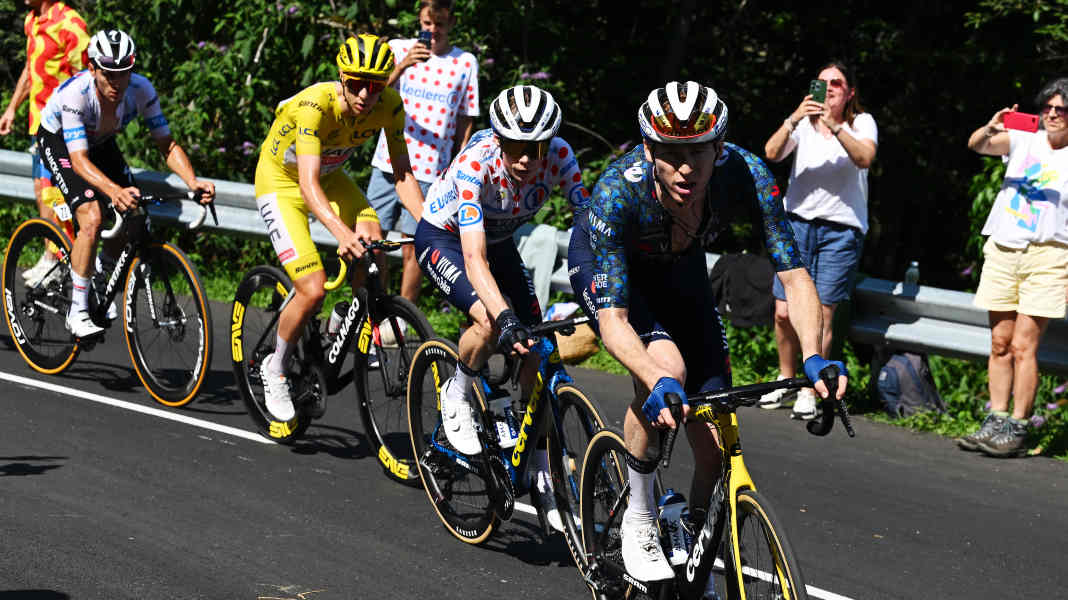
Tour de France 2024 - Stage 20: Nizza – Col de la Couillole | 133 Kilometers
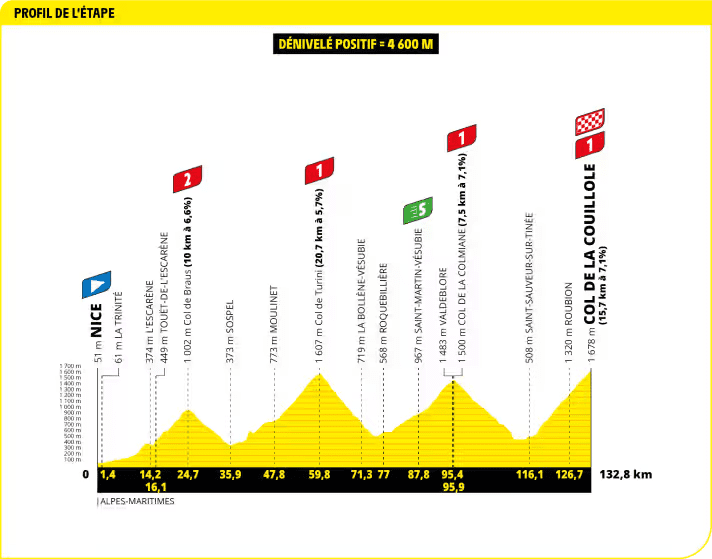
Act two of the grand finale: the riders have to overcome 4600 meters of altitude on the 20th stage - more than on any other stage of this Tour de France. What’s more, the route is short. It’s either up or down. We expect that the favorites for the overall classification will decide the stage among themselves. This tour is ridden so fast across the board that breakaways have little opportunity to show themselves.
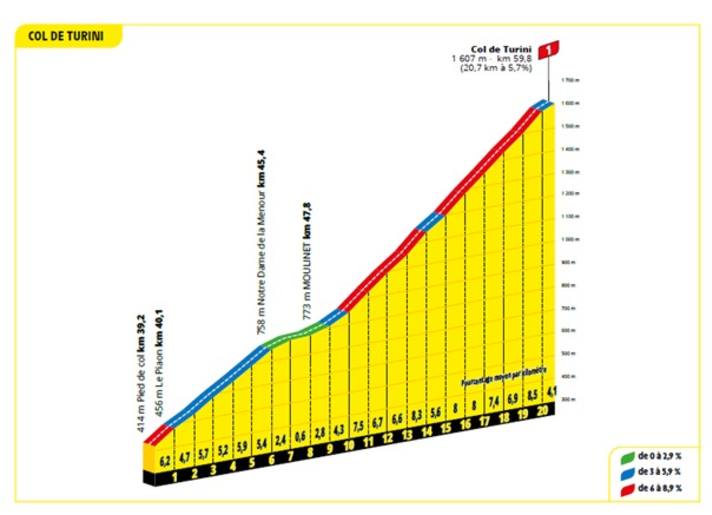
The summits are lower today than the day before. This means more oxygen, but also more heat in the valleys. The pre-fatigue will be one of the deciding factors as to who will be able to show how much more.
But now to the technical aspects: the mountains are numerous, but not very steep, so there is once again the option of saving some weight by using 1x drivetrains and improving aerodynamics, which is a factor on the descents. However, there are hardly any flat sections through the valley today. The decision will presumably be made on the final climb.
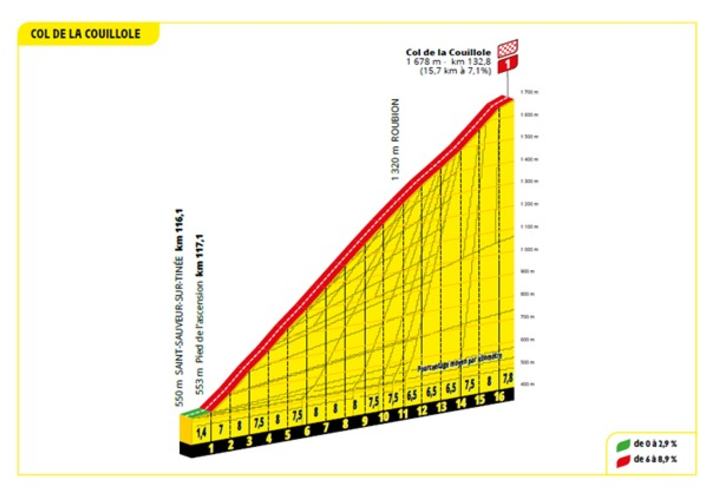
We simulate the riding times for the final climb assuming that it is ridden at full speed. What are the riding times under these conditions and which bike is the fastest?
To make our race for the constructors’ classification more exciting, we also let an “illegal” bike compete virtually that is one kilogram below the UCI minimum weight, our “Ultralight Custom Bike” (5.8 kg). A hobby rider with enough money could put together such a bike at any time. Aerodynamically, we have positioned this bike at the level of the Cervelo R5.
The result of this prohibitively light bike can also be read as answering the question of what effect a kilogram lighter rider weight would have. Because it is irrelevant for the riding time where the weight is saved. Which is why the uphill riders are pretty thin. The TV picture doesn’t show this as clearly as you experience it on site when you look for yourself. The riders are not just thin. They are extremely thin.
Number of the day: 25 seconds
Our calculation shows: One kilogram less system weight brings 25 seconds on the final climb of today’s stage (comparison of custom bike and Cervelo R5).
Of the bikes that are actually at the start, the Tarmac SL 8 is the fastest in our simulation. As the real weights of the bikes at the start are not very far apart, the distortion in the result due to the bike technology is relatively small.
New records: How much does bike technology matter?
Uphill, the technology has limited influence beyond the weight. In our opinion, the fact that Pogacar and Vingegaard set new best times uphill is only partly due to the bikes. The improved tires - even tubeless time trial tires are used on some of the climbs - have a maximum effect on the final climb that is comparable to a kilogram less weight, i.e. an additional 25 seconds. The greatly improved aerodynamics compared to earlier times bring a similar advantage. This means that a modern bike with the same weight is around one minute faster on the final climb than in the days of Lance Armstrong.
All other technical tricks have less potential to turn the clock. This means that the differences are essentially caused by the riders and the riding style, less by the bike - uphill, mind you. On the flat, aerodynamics and tires have more effect.
The (almost) entire field at a glance*
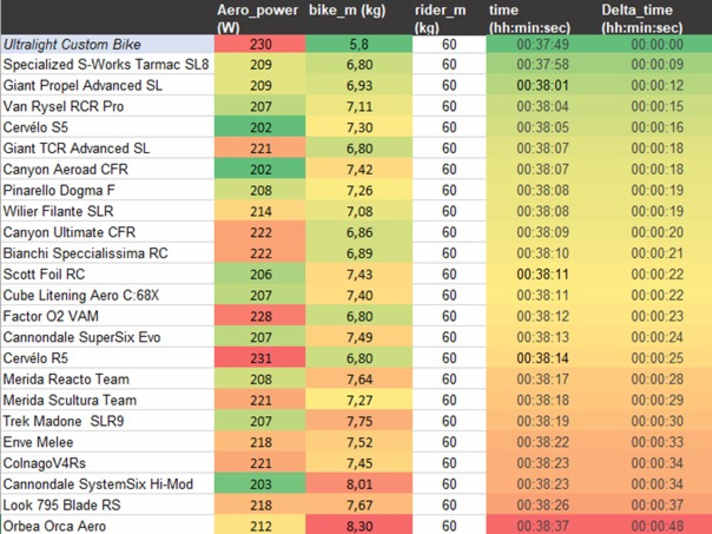
*) The calculations are based on the bikes tested by TOUR in the laboratory and wind tunnel. The bikes at the Tour de France may differ in some details. Of course, we have also not yet been able to examine last-minute prototypes. Background to the simulation.
Table: The calculated riding times on the final climb of stage 20. The classification is led by a bike that is not participating at all: Our “Ultralight Custom Bike” is representative of a bike that is one kilo under the UCI limit.
Our expert
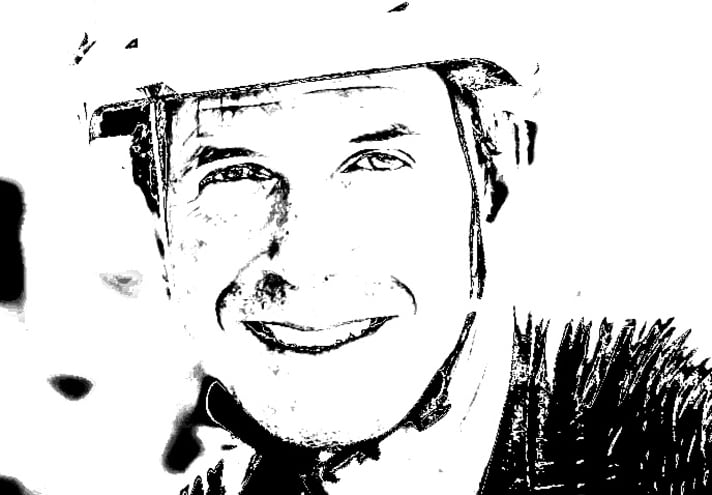
Robert Kühnen studied mechanical engineering, writes for TOUR about technology and training topics and develops testing methods. Robert has been refining the simulation calculations for years, they are also used by professional teams.

